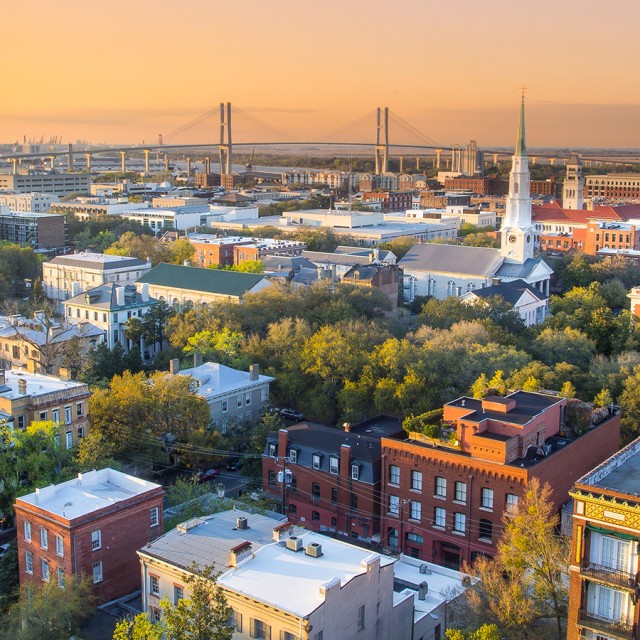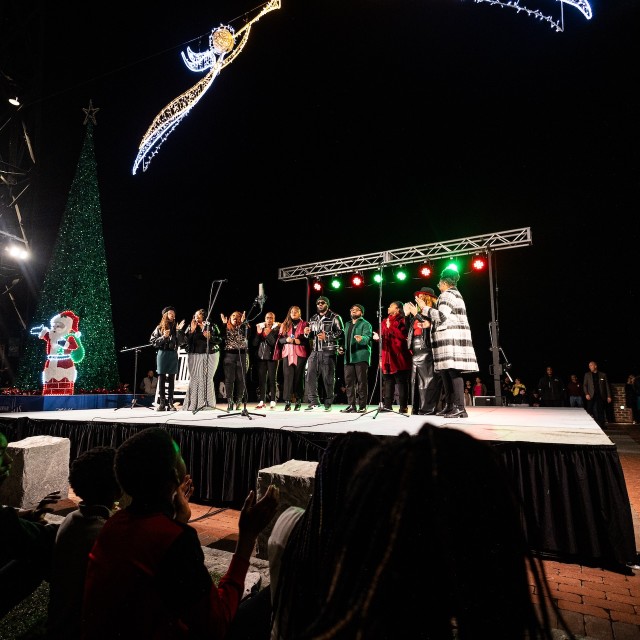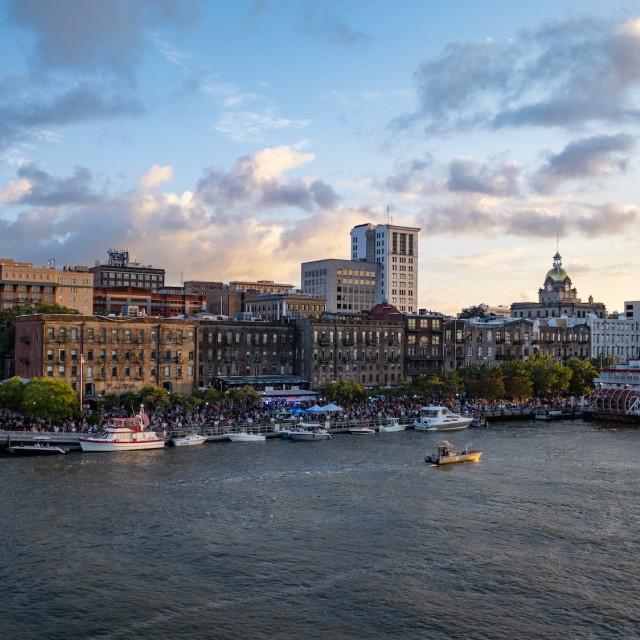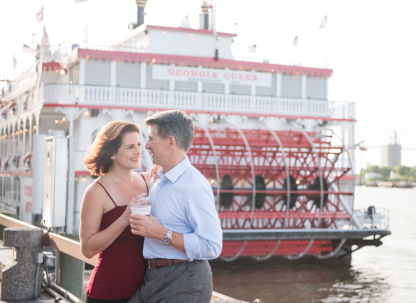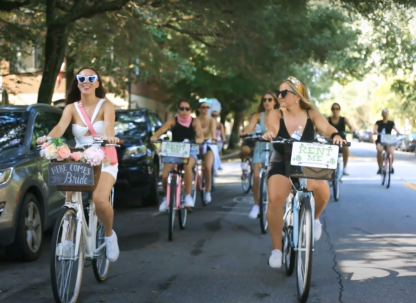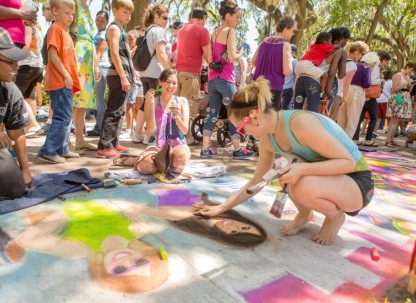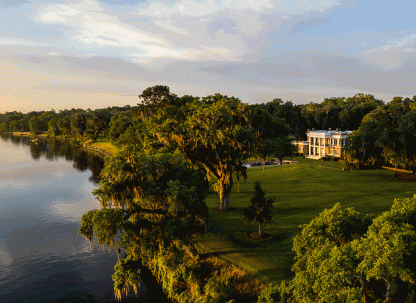Dive Into Savannah's Irish History
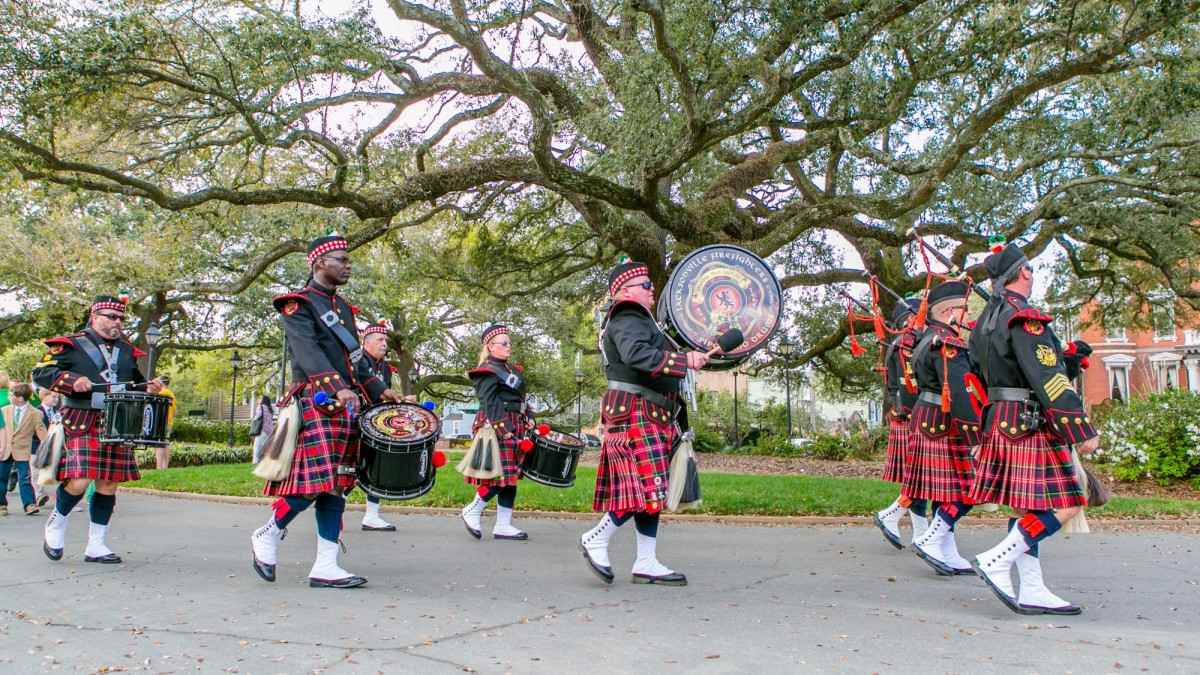
Celtic Cross Ceremony.
Savannah is well known for having the country’s second-largest St. Patrick’s Day celebration, and the largest celebration in the South. Every March 17, Savannahians and visitors alike will crowd the streets hours early and dressed in their finest Kelly green to watch a parade take its sweet, festive time winding through most of Savannah’s downtown squares.
How did this cultural celebration get so big? How did Savannah come to have such a population of Irish?
According to the 2010 census, more Georgians claim ancestry from Ireland than any specific nation other than England, and since Savannah was established as an English colony, that makes sense.
The Irish began arriving in Savannah on some of the first ships to transport settlers to the new colony in 1734, and at least nine of the first Georgia colonists to be granted land were Irish, but the rush didn’t begin until the 1830s and 40s, when Georgia’s growth boom was so enormous that a flood of Irishmen willing to work for cheap became the primary source of labor in building canals and railroads across the state.
When the potato famine began in 1845, the influx was magnified, and the Irish were willing to do any job necessary in order to flee the starvation caused by the loss of a third of Ireland’s staple food product. These workers settling in Savannah established communities within the city based on the part of Ireland from which they hailed, and came to make up the bases of Savannah’s population in the Frogtown, Yamacraw and Old Fort neighborhoods. Research conducted by Georgia Southern University suggests that by 1860, as many as one in three white households in Savannah were Irish-born immigrants.
As the Civil War and the Industrial Revolution moved masses of people into the larger cities in the north for factory work, jobs began to fill, and eventually Boston, New York and others turned the Irish away at the ports to keep work open for “native-born Americans.” But Savannah was one of the few port cities still open to the Irish, still in need of an able workforce for its shipping, agricultural and railroad industries. Savannah’s Irish heritage and cultural groups filled and multiplied, and its neighborhoods spilled out into the general population.
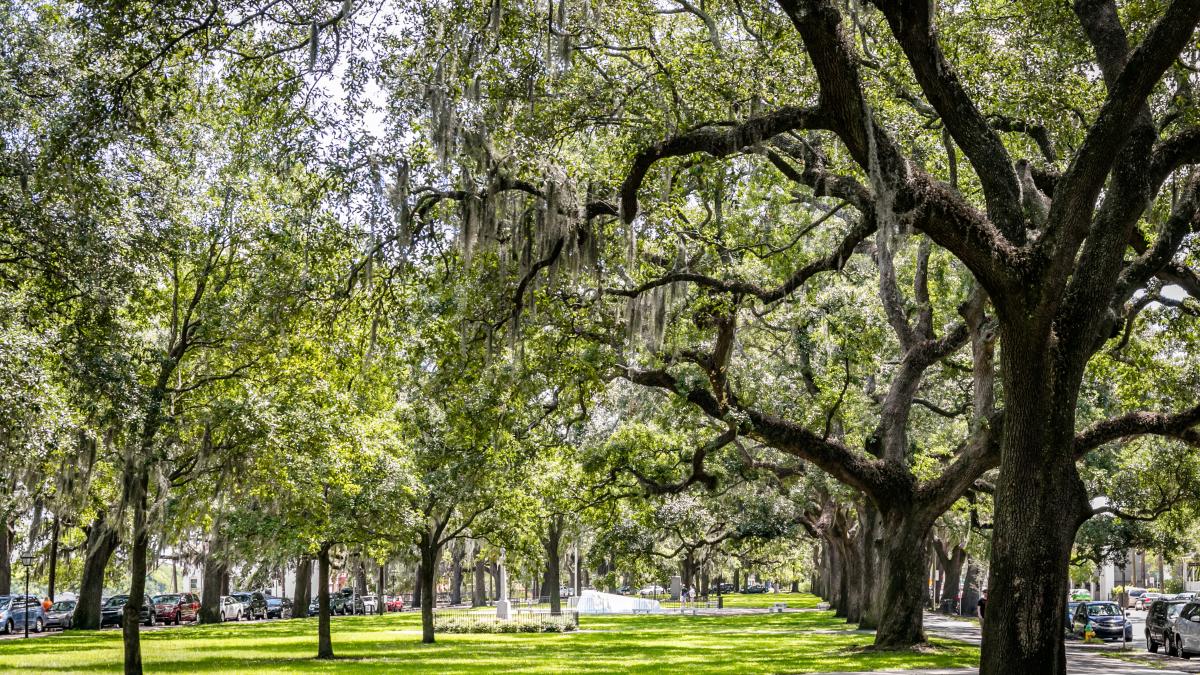
Emmet Park.
The lovely common, now known as Emmet Park, was once known as the Irish Green for its proximity to the Old Fort neighborhood.
Today, the park at the head of downtown Savannah is named after Irish patriot Robert Emmet, dedicated in 1902 for the centennial of his death, and is home to a memorial to the Irish in the form of a stone Celtic cross.
Modern Savannah celebrates its Irish history with a host of gatherings and activities taking place throughout the year, but the St. Patrick’s Day season is when the festivity really comes alive. The first public observance of the holiday came in 1824 when Savannah’s Hibernian Society published an invitation in the newspaper for all of Savannah to join them “for a discourse at the Roman Catholic Church on the Feast of St. Patrick.”
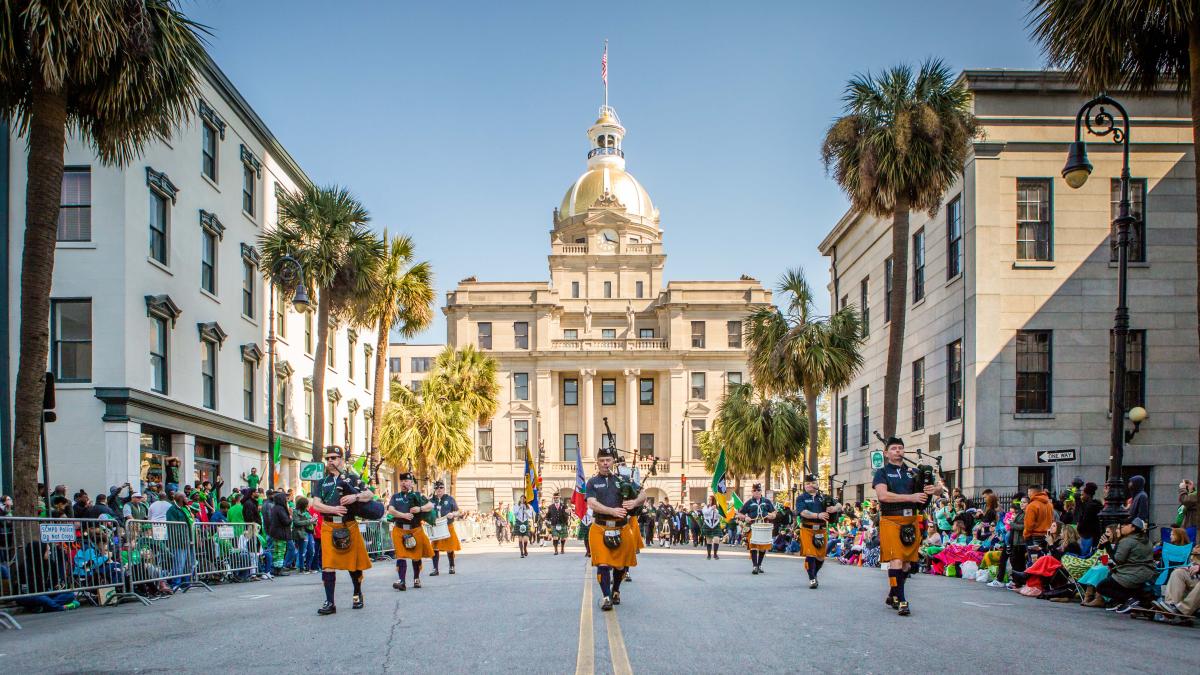
Spectacular views and sensational bag pipers line the streets on St. Patrick's Day.
In February, the Savannah Irish Festival, featuring traditional foods, music and dancing, takes place before the election of and reception for the St. Patrick’s Day Parade Grand Marshal.
March begins with the public investiture of the Grand Marshal, followed by the Greening of the Fountains, and various heritage society dances and gatherings. The week of St. Patrick’s Day is kicked off with a Mass at Emmet Park’s Celtic Cross on Sunday.
The day before St. Patrick’s Day, Savannah’s Irish gather at Johnson Square to process to Madison Square, where a ceremony honoring military dead takes place at the monument to Sgt. William Jasper. And on the day itself, an 8 a.m. Mass is celebrated at the Cathedral of St. John the Baptist, where a sea of parishioners dressed in green arrive early to secure a seat, before the famous parade itself begins promptly at 10:15.
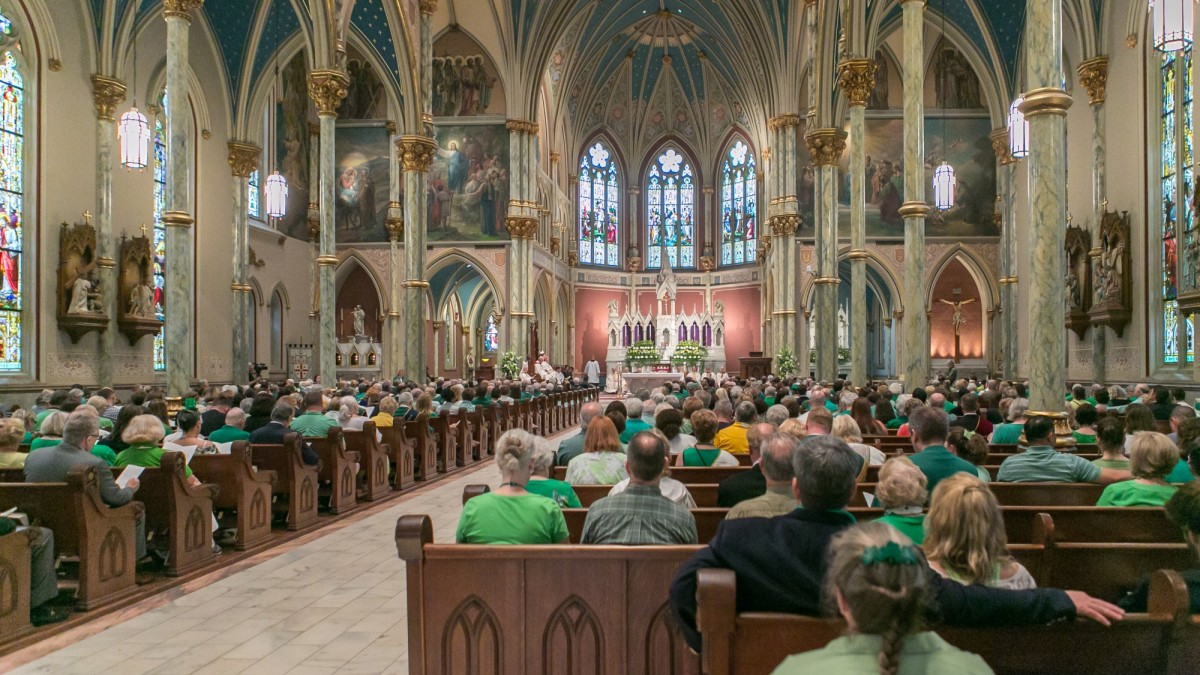
St. Patrick's Day Mass at the Cathedral of St. John the Baptist.
Marching in the parade are various heritage groups and societies from Savannah and all over the country, including police and fire brigades, marching bands, pipe and drum corps, the Budweiser Clydesdales, local military units, floats sponsored by Irish families and more.
Make plans early to join us in Savannah for St. Patrick’s Day! Hotels and vacation rentals will start filling up months in advance, so the earlier you book, the better. Accommodations along the parade route will be the first to fill, so check out the Savannah St. Patrick’s Day Parade website to scout the route. And don’t forget to pack something green to wear!

